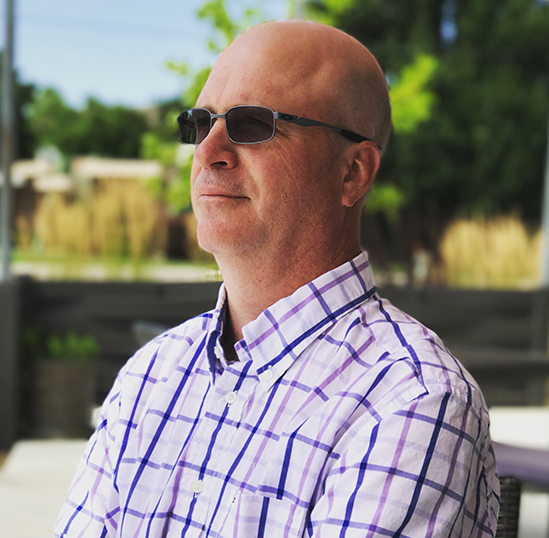‘Safe rooms’ create safer environment for patients, St. Luke’s staff

Patient safety.
It’s almost impossible to think of two more important words in health care. It’s critical that patients – and the health-care professionals treating them – are in a safe environment.
And yet, in most communities, 24/7 behavioral and mental health facilities equipped to handle more than low-level patient emergencies don’t exist. When this happens, patients find themselves in hospital emergency departments, either because they’re referred or because there’s nowhere else to go. Some have needs ranging from suicide watch to medical treatment of self-harm, and/or generalized behavioral or emotional outbursts.
From 2016 to 2014, ED mental health-related visits increased by 15 percent, according to a 2017 Agency of Healthcare Research and Quality report. Most of these visits are related to substance abuse and anxiety disorders, suicide or intentional self-harm.
That’s the impetus behind “safe rooms.” They create an environment in which a patient with behavioral issues stays safe.

“It is our goal to keep patients safe while they wait for the help they need,” said Angela Brady, St. Luke’s nursing manager who oversees three departments, including the emergency department, at St. Luke’s Wood River.
Across St. Luke’s Health System, clinicians and facilities specialists are working to prevent safety problems before they arise by adding safety doors and hardware and layers of protection by securing medications, eliminating sharp edges and strangulation hazards, improving patient visibility and making treatment rooms for high-risk patients safer.
Safe rooms have been created in recent months from Boise to Wood River to McCall to Nampa to Magic Valley – and beyond.
“The safe room eliminates access to items that could be used by the patient to strangle themselves,” Brady said. “It also eliminates access to items that could be used as weapons or cause other types of harm."
The spaces aren’t just for patient safety.
Traci McGregor, Boise’s Emergency Department director, said the need for safe rooms is greater than ever.
A 2018 Joint Commission summary reports that 30 percent of nurses and 26 percent of emergency department physicians report incidents of workplace violence—and incidents are likely under-reported, given that most ED providers believe violence to be part of the job.
“I’ve been in this (emergency department) for 15 years, and we’re definitely seeing more and more mental health patients,” she said. “Overall, the number is growing … and after attending a number of conferences, I know it is a nationwide issue. Boise is not special in that regard.”
That means an increase in potentially unsafe situations for patients and the staff members that care for them.
Patients suffering from a mental or behavioral health challenges and who find themselves in the emergency department often act out irrationally – and not uncommonly, at the expense of clinical staff.
“At least weekly, our staff are spit at, kicked at, hit,” McGregor said. “It happens very, very frequently. … We frequently deal with patients who are physically aggressive.”
Safe rooms give hospital staff an area in which to put aggressive patients until they calm down or until immediate medical concerns are addressed and transfer to a mental health facility can be arranged. It also provides the framework for a system of protocol, an immediate benefit for St. Luke’s McCall.
“It was challenging because we just felt very pressed,” said Jennifer Caple, a licensed clinical social worker in McCall. “We were doing the best we could with the rooms that we had, but it was very time-consuming. It would just take a nurse away for quite some time as they tried to go through a whole process of making the room safe. Now, they have a room that is immediately available.”
Karl Linzmeyer, an assistant nurse manager in McCall, agreed with Caple’s assessment.
“Before we had a safe room, patients would most often go into our trauma bays,” Linzmeyer said. “But we couldn’t clear the rooms effectively, so when we would go through our safety checklists, we would have to put ‘not applicable’ for a lot of the lines. It was impossible for us to create that safe space.
“But now, with the creation of our safe room … there’s no guessing, there’s no wondering whether the patient in the room could use something against themselves or against the staff.
“It just makes it simple.”
“It just became clear that we needed a safe room,” Caple said. “It’s really just going to benefit everybody.”
About The Author

Chris Langrill is a writer and copy editor for the St. Luke’s Communications and Marketing department.



